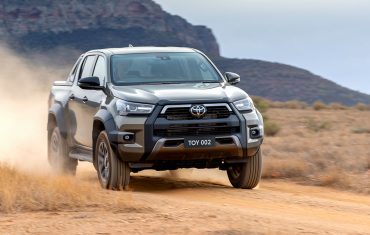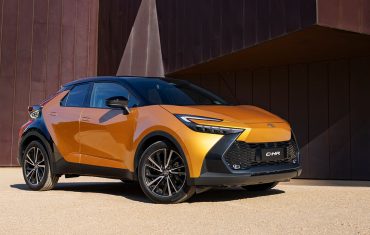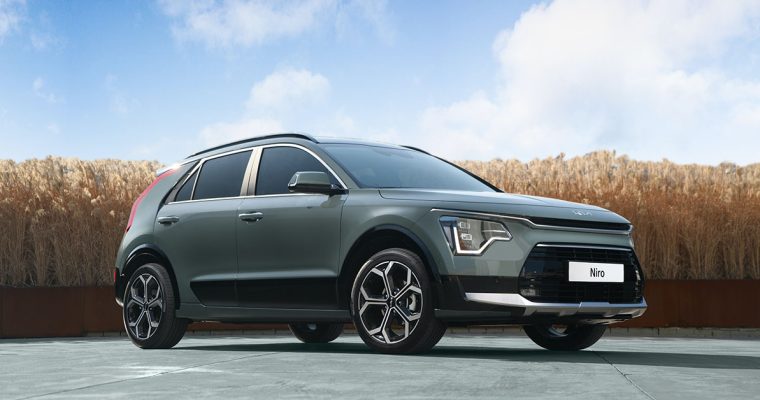
Kia Niro Electric Review
For drivers
Kia is charging into the future of electrified mobility from all directions.
The South Korean car maker has already made a big splash into the new age of electric vehicles with its stunning (and critically acclaimed) EV6 sedan, which is a direct challenger to the popular Tesla Model 3. You can read our Driving Insights review on the EV6 here.
Later this year, the EV6 will be joined by an equally bold large, seven-seater SUV in the EV9 and next year, a mid-size soft-roader in the EV5. The carmaker has even hinted that there’s a battery-powered dual-cab ute in the development pipeline too.
But what about those that might need something smaller, like an inner-city runabout? Well, they’ve already got that covered with this, the second-generation Niro – a funky-looking small SUV.
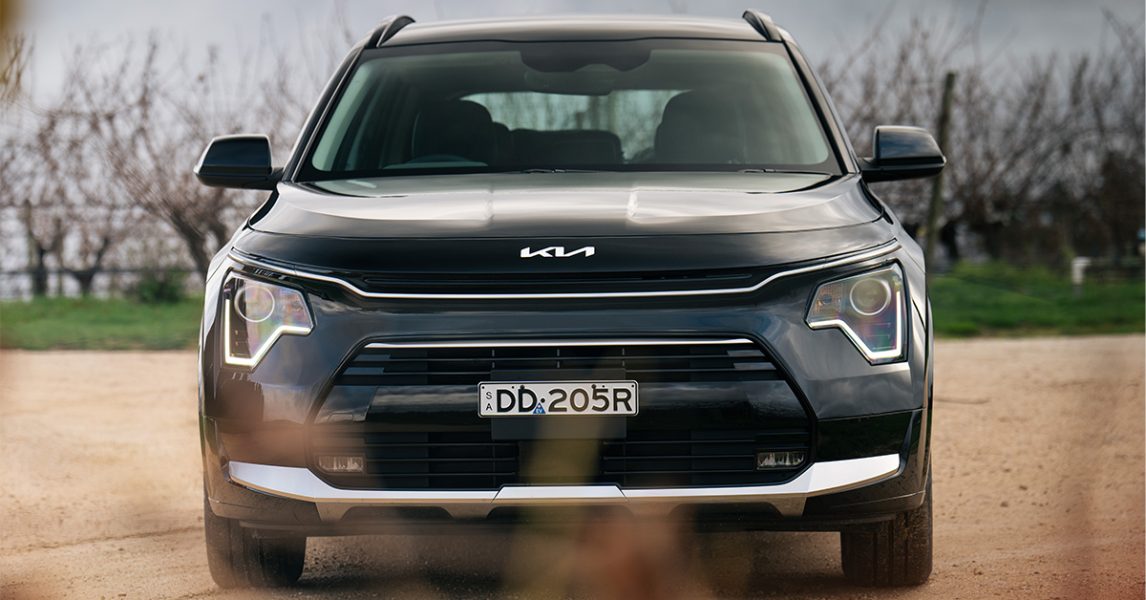
Unlike the EV family of vehicles, which are all dedicated electric vehicles that are built on a specific platform specially designed for batteries, the Niro is a conventional small car that is available with either a hybrid setup or, as we’re testing here, a fully electric drivetrain.
Both powertrain configurations can be had in either S or GT-Line model grades, with prices starting at $44,930 (plus on-road costs) and topping at a rather hefty $72,360 (plus ORCs) for the flagship Niro Electric GT-Line.
We’re test-driving the Niro Electric S, which costs $66,590 (plus ORCs). That positions it in the same price bracket as larger EVs such as the entry-level Tesla Model 3 ($57,400), Polestar 2 Standard Range Single Motor ($67,400) and the Hyundai IONIQ 5 ($72,000). It’s also not that much cheaper than the base-model EV6 Air RWD which opens the range at $72,590.
So, the Niro Electric’s price tag immediately asks a lot of questions, including what you get for the money.
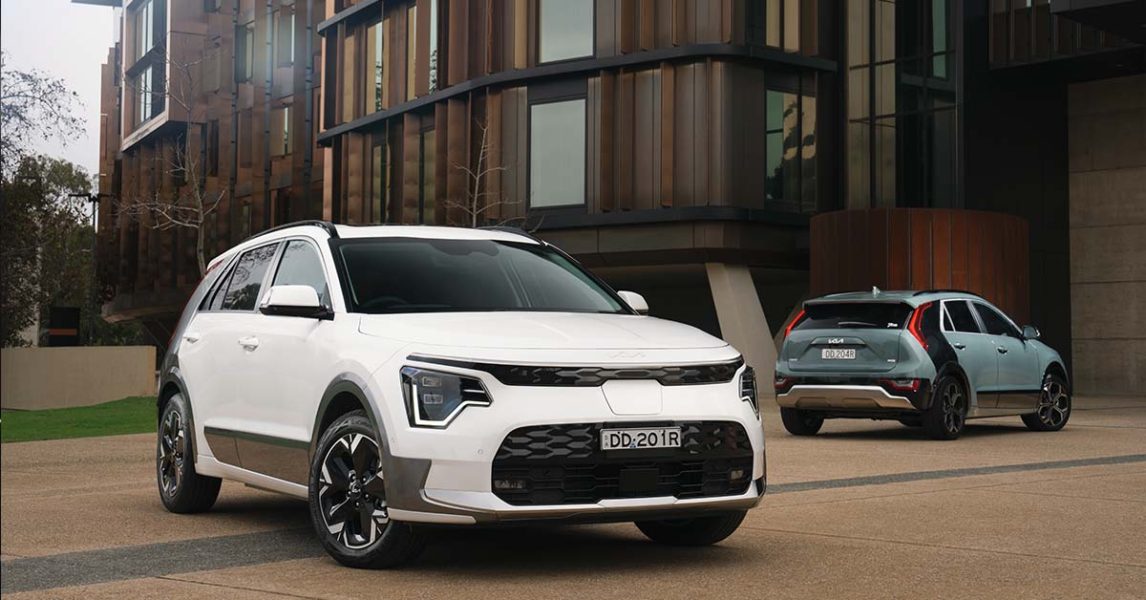
Well, for starters, both the S and GT-Line model grades share the same mechanical configuration, with a 150kW/255Nm electric motor driving the front wheels and supplied power from a 64.8kWh lithium-ion polymer battery pack mounted under the floor that provides an estimated driving range of 460km on a single charge.
The battery can be replenished between 10-80 per cent in as little as 43 minutes when using an ultra-rapid 350kW charging station, or just over one hour on the more common 50kW chargers.
In the S model grade, the Niro comes equipped with mixed cloth and leather interior trim, an eight-way power adjustable driver’s seat, dual-zone climate control and twin 10.25 digital displays for the instrument cluster and infotainment system, which incorporates sat nav, DAB+ digital radio, smartphone mirroring for Apple and Android devices, AI voice command, Kia connect telematics and a six-speaker audio system.
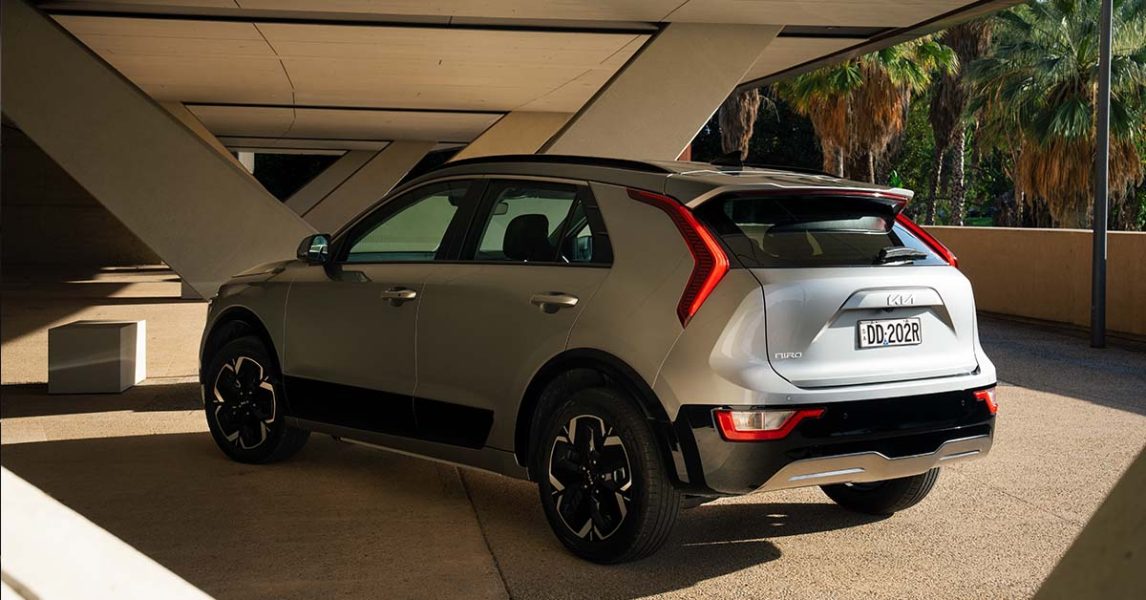
For the extra six-odd grand, the Niro GT-Line picks up some extra luxuries like full synthetic leather trim, heated and ventilated front seats, heated steering wheel, powered rear tailgate, wireless phone charging, ambient interior lighting, a premium Harmon/Kardon sound system and a heads-up display.
It also adds an exterior vehicle-to-load connection, allowing users to tap into the stored energy and recharge other devices, such as e-scooters, e-bikes, and other electric vehicles, or provide power to electric devices. You could literally plug in the kettle and make a cup of tea on the side of the road.
Plus, there are a few additional driver aids such as front parking sensors, safe exit assist (which automatically locks the doors if it detects another vehicle or cyclist approaching in the blind spot) and powered rear door locks.
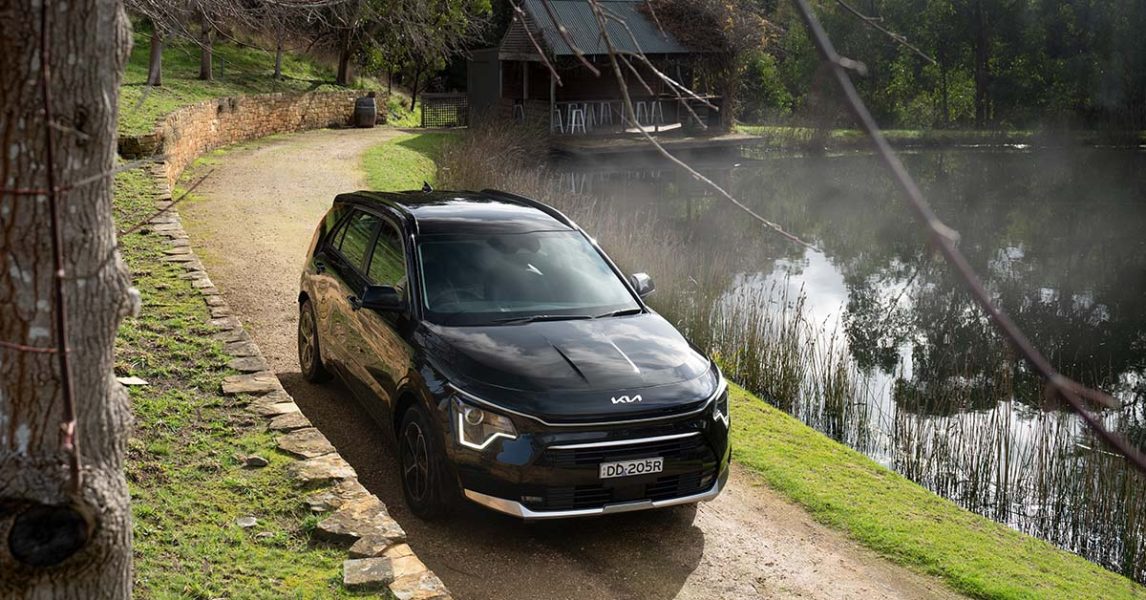
Otherwise, the Niro features a comprehensive suite of advanced safety systems that include autonomous emergency braking, adaptive cruise control with intelligent speed limit assist, lane keeping assistance, blind spot collision avoidance, driver attention alert, parking camera and more.
All Niro models have seven airbags and a maximum five-star ANCAP safety rating with high scores for adult and child occupant protection and safety assist.
As for how it drives, the Niro Electric feels well executed and isn’t as compromised by its more conventional underpinnings than other electrified variants of standard cars.
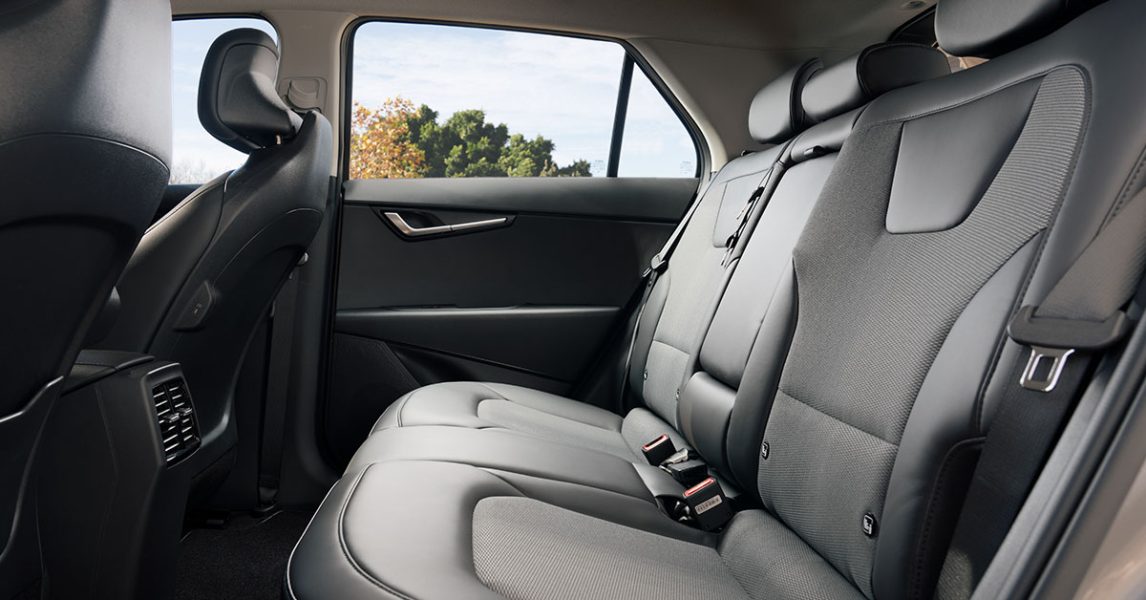
The electric motor is silent and provides seamless and effortless acceleration, making the Niro feel more spritely than most other small SUVs around town. Yet, it never feels unwieldy and overpowered, despite delivering maximum torque instantaneously. The steering wheel will gently tug at your hands if you stomp on the (ironically) gas pedal away from a standstill, but the electronics are well-calibrated to ensure the car maintains traction even on a slippery surface.
It handles nicely too, with light but precise steering and the chassis offers a good balance between comfort and cornering thanks to an extensive local tuning program that tweaked the suspension settings to suit local conditions and consumer trends.
And, with a mixture of urban and freeway driving during our road test period, we managed to match Kia’s claimed driving range of 460km with a few more electrons remaining in the battery.

That was, in part to the effectiveness of its regenerative braking, which can be adjusted using the paddle shifters behind the steering wheel that would normally be used to change gears in a car with a conventional transmission.
In its default setting, the Niro has a comfortable regen mode that will feel more natural for those transitioning from a combustion-engine car in that it decelerates slowly when you lift off the accelerator.
But it’s more effective in recovering wasted energy when you activate the i-pedal mode, which maximises the regen to the point where the vehicle will come to a complete standstill when you release the throttle. Once you’re in tune with how quickly it can slow down, drivers will only need to use the traditional brake pedal in an emergency situation.
It feels quirky at first, but once you have adapted to the unique driving style it can significantly increase the driving range, especially in stop-start traffic and urban driving conditions.
Inside the cabin, it looks and feels as modern as the Niro’s bold exterior design and offers plenty of adjustment for the driver in the comfortable and supportive front seat with some clever storage options and easy access to often-used functions, including physical buttons to control the air conditioning system.

The digital instrument cluster is clear and concise, providing all the critical information in an easy-to-read layout and we love the way the dials display the blind spot view down the respective side of the car when you activate the indicators. It’s a clever, simple idea that could prevent a big incident.
The infotainment system is also easy to use with logical menus to access its myriad of functions, and the display is clear and bright.
The large glasshouse and upright seating position provide excellent vision all around, and there’s plenty of headroom to suit taller drivers. Back-seat passengers are treated to a reasonably generous amount of space for a small car, and the boot offers 475L of cargo space which is excellent for such a small car.
However, while the Niro does all the right things – it looks cool and drives well, offers plenty of range, is spacious and comfortable and loaded with equipment – ultimately it doesn’t feel like a sixty-grand car.
It’s a better machine than the new fleet of cheaper Chinese EVs arriving in local showrooms, but the Niro’s sticker price positions against some sophisticated, larger, longer-range, and dedicated electric cars that are more convincing propositions, including Kia’s own EV6.

If you’re interested in transitioning to zero-emission motoring, contact SG Fleet today for more information.
 Driving Insights
Driving Insights


